Inspiration
Seven Things You Didn't Know About the North Pole & Arctic
To make the most out of Arctic travels, it helps to know a few facts about the “land of the midnight sun” before your adventure begins.
1. What “Arctic” Means
The word “Arctic” comes from the Greek word “arktikos” — meaning “near the bear, northern” — and “arktos,” meaning “bear.” It’s believed to either refer to the constellation Ursa Major, the “Great Bear,” visible in the northern portion of the celestial sphere, or to the constellation Ursa Minor, the "Little Bear,” which contains the celestial North Pole (the North or Pole Star, Polaris).

2. A “Continent” of Ice
Unlike the South Pole, there is no land at the North Pole; rather, it’s ice floating on the Arctic ocean’s surface. Though it’s the smallest of the earth’s five major oceans, the Arctic Ocean still covers 5.4 million square miles.
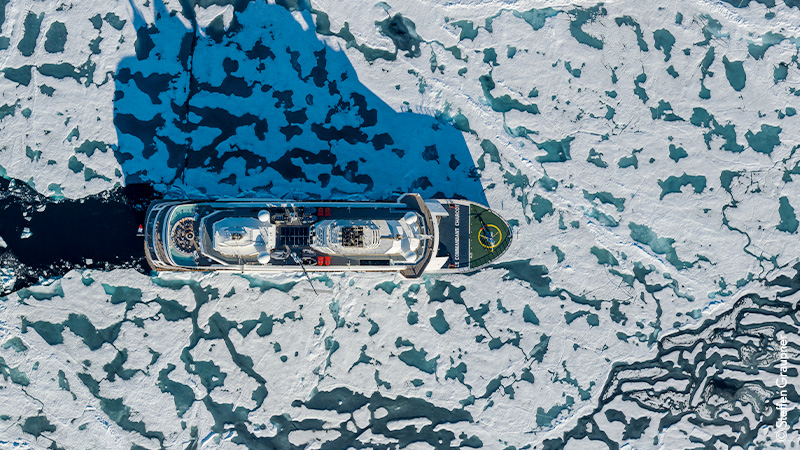
3. A Long Day at the Pole
At the North Pole, the sun rises and sets only once a year - on March 21 and September 22, respectively - meaning the pole spends six months in continuous sunlight and the other six in constant night .
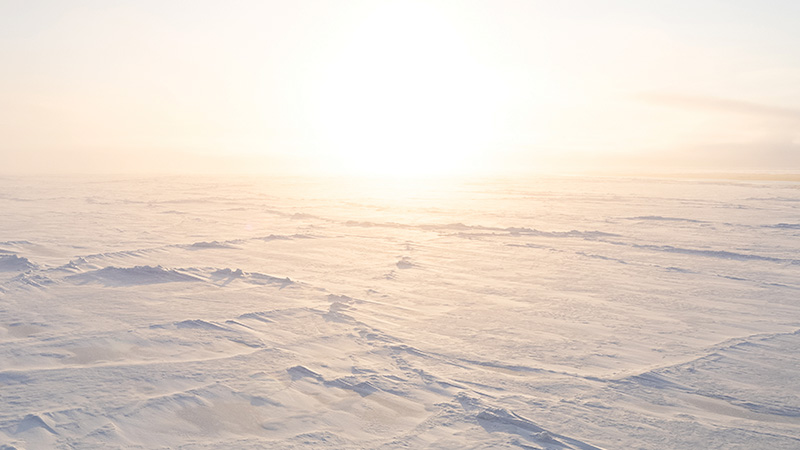
4. Who Reached the Pole First?
Two of the most renowned polar explorers, Frederick Cook and Robert Peary, both claimed to have reached the pole in 1908, but the first person confirmed to have done so is Roald Amundsen, who achieved the pole by airship in 1926.
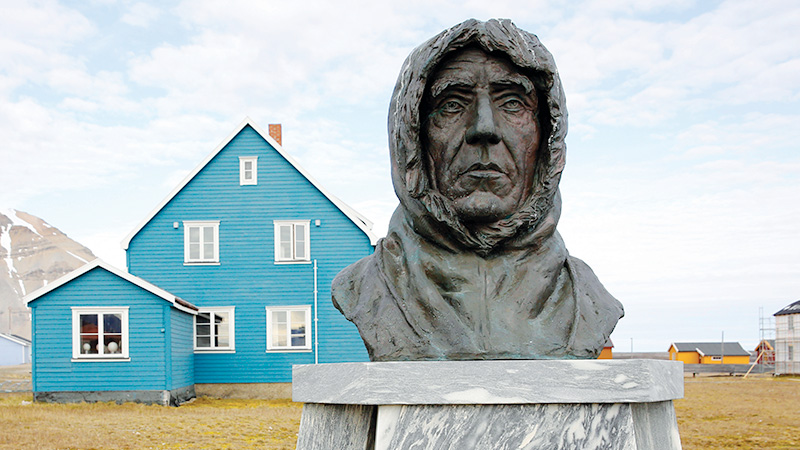
5. Don’t Count on Your Compass
When it comes to the Arctic, your compass doesn't point due north. In fact, the magnetic pole location changes as the earth's magnetic field fluctuates and it isn’t actually located in the same place as the geographic North Pole, the point where all lines of northern latitude converge. In the far North, your magnetic compass is all but useless since the lines of force are vertical — straight down into the earth.
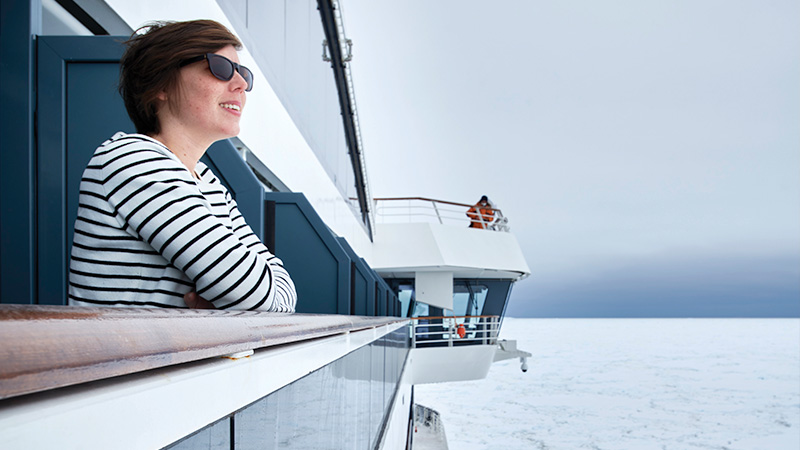
6. A Story Trapped in Ice
The Arctic is in a state of permafrost, its ancient, underground ice having trapped flora, fauna and — more problematically — methane gas, which contributes to warming temperatures when it’s returned to the atmosphere.
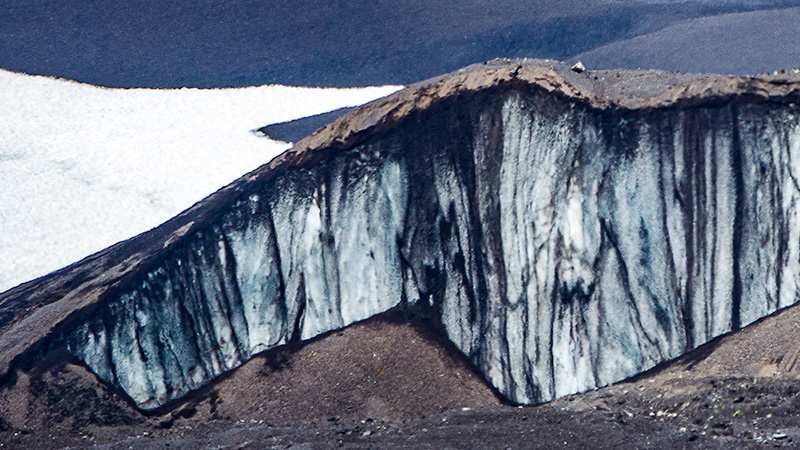
7. The North Pole’s Most Famous “Resident”
Did you know Santa wasn’t always from the North Pole? Cartoonist Thomas Nast first drew Santa Claus as an Arctic resident in the 1860s and depicted Santa delivering presents to a Union Army camp. As the character increased in popularity, Nast started added more details to his drawings, even implying Santa could be reached by mail at the North Pole.
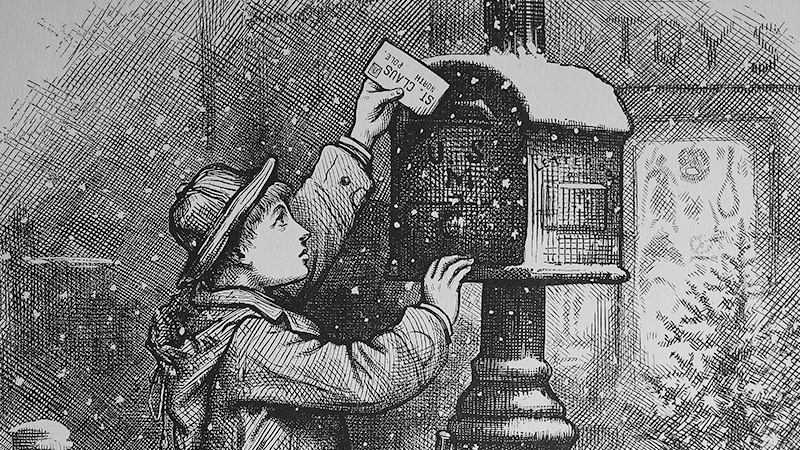
Consider an Arctic expedition cruise to see its wonders firsthand. Check out our latest offers and book your journey today.
 The Americas
The Americas Europe, Middle East and Africa
Europe, Middle East and Africa Australia, NZ and Asia
Australia, NZ and Asia


 The Americas
The Americas
 Europe, Middle East and Africa
Europe, Middle East and Africa Australia, NZ and Asia
Australia, NZ and Asia